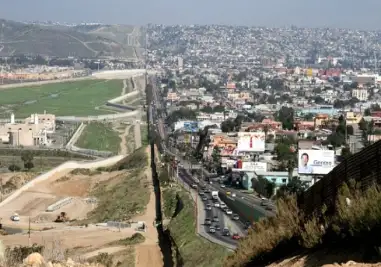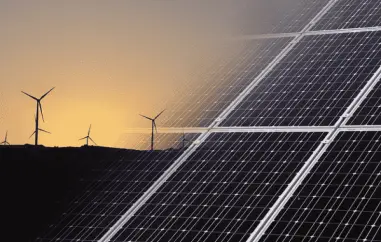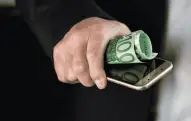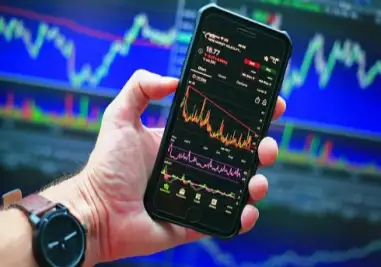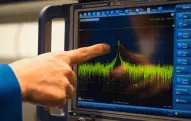South Korea expects low growth
 For the first time since spring 2020, the Korean economy contracted at year-end 2022. Real gross domestic product fell by 0.4 percent compared with the previous quarter, the South Korean central bank announced in an initial estimate of economic growth. The main reasons were that the consumption surge is slowing down after the end of the pandemic and that global trade is no longer running smoothly. South Korea depends economically on foreign trade like only a few countries and is considered an indicator of the state of the global economy.
For the first time since spring 2020, the Korean economy contracted at year-end 2022. Real gross domestic product fell by 0.4 percent compared with the previous quarter, the South Korean central bank announced in an initial estimate of economic growth. The main reasons were that the consumption surge is slowing down after the end of the pandemic and that global trade is no longer running smoothly. South Korea depends economically on foreign trade like only a few countries and is considered an indicator of the state of the global economy.
For the whole of last year, the Bank of Korea calculated growth of 2.6 percent, down from 4.1 percent the previous year. For this year, the central bank expects a further slowdown to less than 1.7 percent. That would be the worst performance since 2009, with analysts and economists forecasting an average of 1.3 percent.
In an initial reaction, the government promised support for the export industry. The government wants to reactivate exports and investment by pushing ahead with deregulation efforts and offering fiscal and financial aid, Finance Minister Choo Kyung-ho said. Meanwhile, the scope for subsidies is limited. The conservative government plans to cut spending by 6 percent this year. President Yoon Suk-yeol thus aims to push the budget deficit from 3.3 to 0.6 percent. This is a departure from the policy of predecessor Moon Jae-in, who had pushed up government spending significantly over the past five years. Economists such as Gareth Leather of Capital Economics see the new government's austerity measures as a brake on growth this year.
The poor economic performance in the quarter from October to December reflects the difficult situation of the global economy and South Korean consumers. Exports of goods and services contracted 5.8 percent in the fourth quarter, while imports fell 4.6 percent. The decline in exports began in the second half of last year as the global economy slowed and interest rate hikes by major central banks, the Russian war on Ukraine and Covid lockdowns in China took their toll. The big neighbor China is the most important customer country for South Korea.
South Korea is also particularly affected by the slump in demand in the global electronics industry. Semiconductor industry giants such as Samsung Electronics and SK Hynix are among South Korea's most important exporters, but are currently experiencing a significant drop in demand. Initial data from January indicates that exports are continuing to shrink. According to a survey conducted by the South Korean Foreign Trade Association, exporters are mainly concerned about the global economic slowdown and rising raw material costs for this year.
The second major drag on the South Korean economy at present is consumption. After key restrictions against Covid-19 fell in 2022 and life returned to normal, many South Koreans caught up on deferred purchases. This special effect fizzled out after the summer half-year. At the end of the year, consumption contracted by 0.4 percent compared with the previous quarter. Purchasing was depressed by the accident in the Itaewon entertainment district in Seoul, which led to nationwide mourning. More than 150 people were killed in a mass panic during Halloween celebrations at the end of October.
The Bank of Korea's interest rate hikes from 0.5 to 3.5 percent since August 2021 are also weighing on households that had previously taken on high levels of debt. Recently, house prices have fallen significantly and there are concerns about a slump in the real estate market. Last but not least, high inflation in South Korea is depressing consumer spending. Last year, inflation reached 5.1 percent, twice as high as in the previous year. The Bank of Korea believes that the peak has been reached and expects it to fall back to 3.6 percent this year. This is based on the expectation that the central bank may have peaked by raising interest rates to 3.5 percent this month. But even at 3.6 percent, inflation would still be higher than the 2 percent inflation target.
Photo by Daniel Bernard

